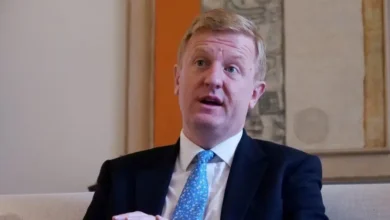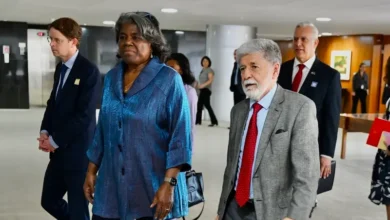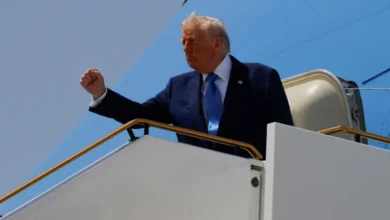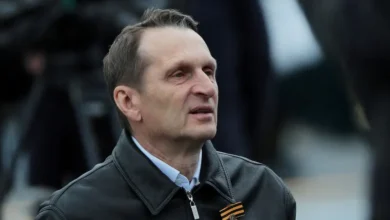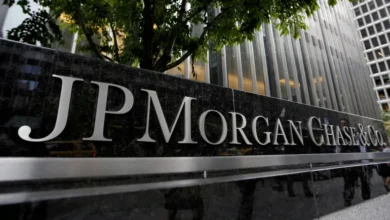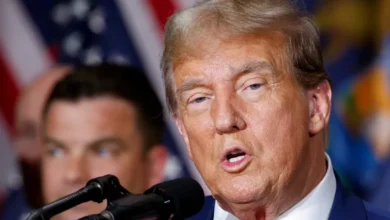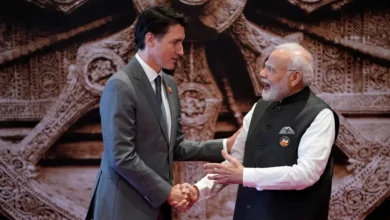NATO countries boost munitions output, pledge 48 Leopard 2 tanks for Ukraine

NATO countries are ramping up production of artillery munitions as Ukraine is burning through shells much faster than the West can make them, the alliance said on Wednesday amid pledges to deliver at least 48 Leopard 2 tanks to Kyiv.
“Things are happening, but … we need to step up even more, because there is a big need out there to provide Ukraine with ammunition,” NATO chief Jens Stoltenberg told reporters after a two-day meeting of alliance defense ministers in Brussels.
He noted countries like the United States, France, Germany and Norway had signed contracts for munitions that would enable NATO members to replenish their own stocks but also keep supplying Kyiv, which has ceded ground to an escalating Russian offensive.
Even before Russia’s invasion of Ukraine on Feb. 24 last year, many NATO countries had fallen short of meeting the alliance’s munitions-stockpiling targets.
The pace of deliveries to Ukraine, where Kyiv’s troops are firing up to 10,000 artillery shells daily, has drained Western inventories even further. At the same time, plans to supply Kyiv with two battalions of Leopard 2 tanks are taking shape.
German Defense Minister Boris Pistorius said Western nations had pledged 48 Leopard 2 tanks for Kyiv, including one battalion of 31 older Leopard 2 A4 tanks whose delivery is being coordinated by Poland.
On top of this, Berlin will send 14 and Lisbon another three of the more advanced Leopard 2 A6 tanks, according to Pistorius.
Allies also kicked off discussions on whether defense expenditures of 2 percent of Gross Domestic Product are sufficient with a full-fledged war raging in neighboring Ukraine.
“I think we should move from regarding the 2 percent as a ceiling to regard the 2 percent of GDP as a floor, as a minimum,” said Stoltenberg, who was echoed by Pistorius.
“I think moving towards the 2 percent target alone will not be enough, it can only be the basis for further steps,” the German defense minister told reporters.
A decision is expected at a NATO summit in Lithuania in July.
At their Wales summit in 2014, NATO leaders agreed to move towards spending at least 2 percent of their GDP on defense within a decade. It was their response to what NATO perceived as a severely deteriorated security situation in Europe months after Russia’s annexation of Ukraine’s Crimea Peninsula.
But many countries such as Germany are still not meeting the target.
In 2022, Berlin’s defense expenditures were expected to reach less than 1.5 percent if GDP, while the United States as one of the frontrunners was seen at almost 3.5 percent, according to NATO estimates published last June.
